Can You Repair Or Patch a Run-Flat Tire? Pros, Cons & Types
-
Visnja Radosavljevic
- Last updated:
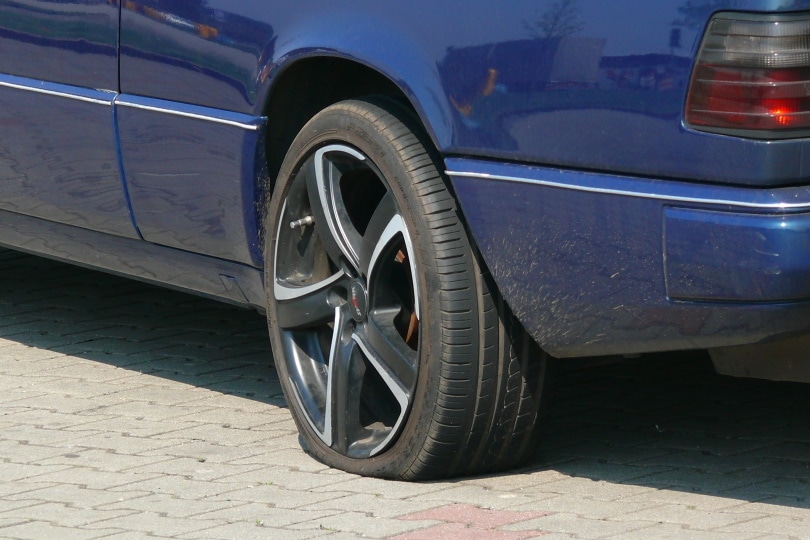
Run-flat tires are becoming more and more common for newer vehicles, and their technology is especially beneficial for people who don’t want to deal with spare tires. Most manufacturers produce run-flat tires that will support your vehicle for a 50-mile distance if your tire punctures, driving at a speed of up to 50 miles per hour.
Many people who use run-flat tires wonder if they can be repaired or patched once the puncture happens, so we wanted to give more insight into the topic. Every manufacturer has different policies when it comes to repairing or patching your run-flat tires, Keep reading to learn if you can repair or patch a run-flat tire.
How Do Run-flat Tires Function?
Due to their innovative technology, run-flat tires allow you to continue driving your vehicle even when your tire is punctured. However, you must follow the manufacturer’s guidelines regarding the speed and distance you can pass. There are two different types of run-flat tires:
- Self-supporting
- Support ring system
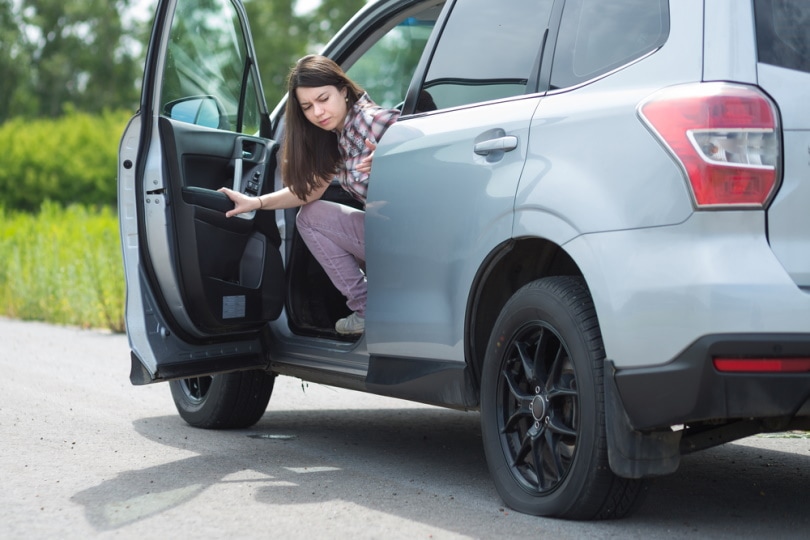
Self-supporting run-flat tires
Run-flat tires with a self-supporting system have a reinforced sidewall construction that supports your car even when the tire punctures and loses air. Due to that construction, your vehicle will still be in driving condition, and you can safely take it to a mechanic.
Support ring system
Run-flat tires with a support ring system function differently from the self-supporting system. In the support ring system for run-flat tires, the inside of the tire has a ring structure, which is typically hard rubber or another material that supports the weight of your car during air loss.
Can I Repair or Patch My Run-Flat Tire?
Every manufacturer has different policies when it comes to repairing or patching your run-flat tires. Below is a list of recommendations on repair policy based on the tire manufacturer.
| Manufacturer | Repair policy | Additional recommendations |
| Michelin | Allowed | One repair only |
| Pirelli | Repairs not allowed | Mfg. Road Hazard Program |
| BFGoodrich | Allowed | One repair only |
| Continental | Not recommended | Mfg. Road Hazard Program |
| Bridgestone | Allowed | If 15 psi is maintained |
| Dunlop | Allowed | One repair only |
| Goodyear | Allowed | One repair only |
| Firestone | Allowed | If 15 psi is maintained |
| Hankook | Allowed | / |
| Yokohama | Repairs not allowed | / |
| Kumho | Allowed | / |
As you can see, certain manufacturers allow repairs on their run-flat tires, although it is mostly one repair-only policy. It’s always best to check your tire manufacturer’s guidelines to determine your next step if the tire is punctured.
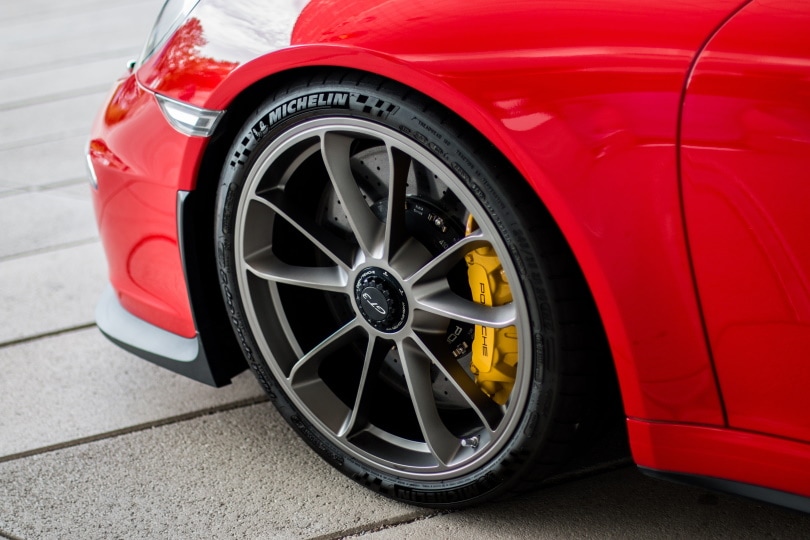
Benefits Of Run-flat Tires
When it comes to run-flat tires, they have a lot of benefits that make them stand out compared to typical tires. Below you can see a list of the most significant benefits of run-flat tires:
- No need to change your tire in the middle of the road in case of a puncture
- More available space in your trunk since you don’t need a spare tire
- In case of a puncture, your vehicle will be more stable and have a better balance
- Reduced vehicle weight
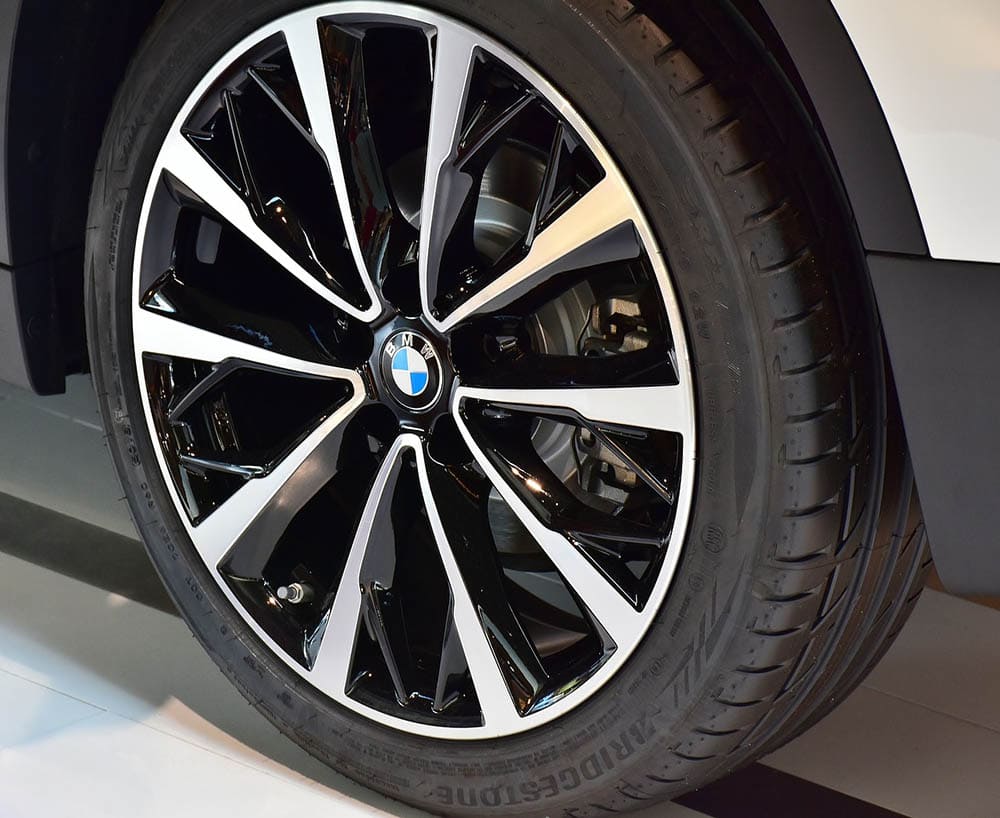
Drawbacks Of Run-flat Tires
Of course, like every other product, run-flat tires also have certain drawbacks. Although they’re not significant, they still exist:
- Run-flat tires are harsher for driving which some people find inconvenient
- They are more expensive to replace and maintain than regular tires
- Sometimes, it’s hard to tell if your run-flat tire is punctured or not
- No tools in the trunk as there’s no spare tire
- You need to replace run-flat tires more frequently than regular tires
- You can still experience blowouts
- They are less easily available than typical tires
How to Know if Your Vehicle Uses Run-Flat Tires
There are a couple of different methods you can use to determine if the tires on your car are run-flat. First of all, you can visually inspect the tires as all run-flat tires have some sort of a code or a tag that will let you know that the tire is run-flat. Here is a list of some of the most common markings run-flat tires have:
- Run Flat
- SSR
- RF
- ROF
- HSR
- ZP
- RFT
- DSST
Another simple way to check if you have run-flat tires or not is to check your vehicle’s manual. The manual will contain all the details about your car, including information about the tires. Also, since run-flat tires don’t require you to have a spare tire or a repair kit, most vehicles with run-flat tires will have an empty trunk.
- Related Read: How Long Can You Drive on a Spare Tire?
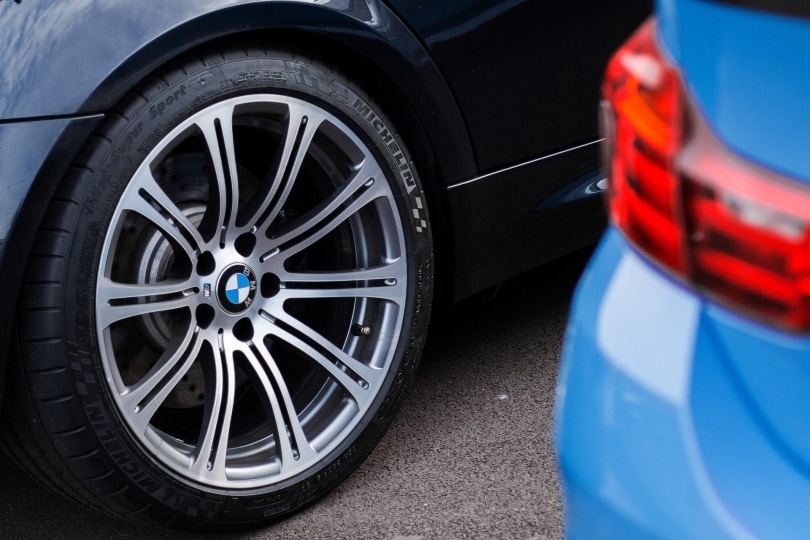
Conclusion
Depending on your manufacturer’s guidelines, you might be able to repair your run-flat tire once. However, most manufacturers don’t advise repairs and patches on run-flat tires. Instead, they suggest replacing the tire and purchasing a new one. Before you do anything, always check the vehicle manual and the tire manufacturer’s website to ensure what you need to do when you puncture your run-flat tire.
Featured Image Credit: Piqsels
Contents
